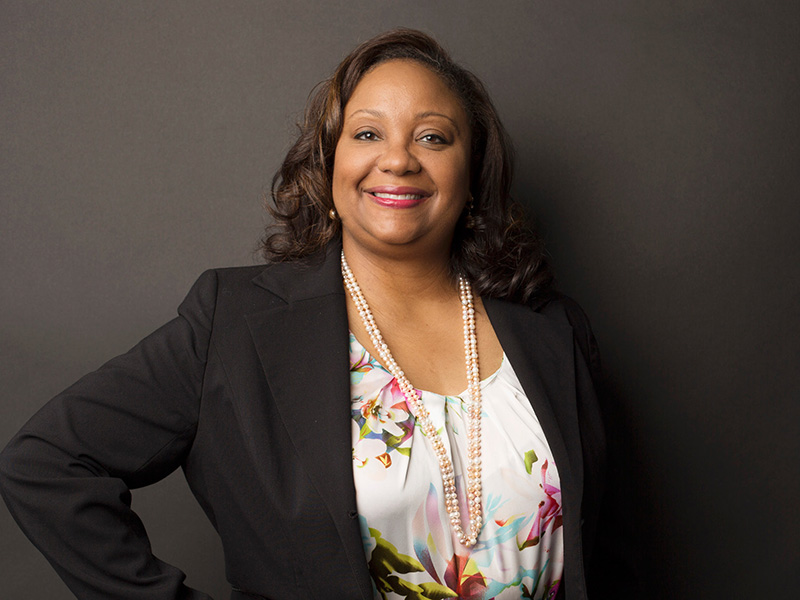Assistant Professor
Department of Pharmacy Practice
Hampton University School of Pharmacy
Hampton, VA
Q. Why did you choose a health career?
When I was in school, my mother always encouraged me to volunteer during summer break. One summer, I volunteered at a local hospital. The experience was so gratifying that one summer turned into many and I volunteered every summer until graduating high school. I volunteered so much that some days I would eat both lunch and dinner at the hospital. Working with patients made me want to make a difference. That experience led me to pursue a career in public health.
Q. Prior to teaching, you worked at a pharmacy. What are some of the rewards and challenges of working in public health?
Immediately prior to teaching, I was a project director of a community health center pharmacy. The pharmacy provided low-cost medications for people who would otherwise not be able to afford their medications.
The rewards were immediate—providing medications to clients at little cost who would otherwise be unable to afford their medications and who would go without pharmacy care. Providing low-cost medications to people who cannot otherwise afford them helps to diminish some of the issues related to medication non-adherence, such as sharing of medications or splitting pills in order to make the medication last until patients can afford their next refill. The challenges with such a pharmacy is having a formulary broad enough that would meet the medication needs of all of those who need them. Pharmacies of that type often rely on grants, as well as donations from pharmaceutical companies, which can limit the types of medications that are provided to their clients.
Q. What inspired you to become a health educator?
As a health care administrator, I knew the experience I gained in the field could be applied to the classroom. Throughout my health care career, I often worked with clinicians who were also educators; we discussed ways to expand services for and improve the lives of the patients
we served. Those initiatives inspired me to pursue education. In addition to teaching, I am involved in research and community service. Being an educator is the most rewarding career I have had. I tell my students that if I were to win the lottery, I would continue to teach.
Q. Are you involved with any community health projects? If so, which ones and what role do you play?
Yes. I am currently working with the Olde Towne Medical Center in Williamsburg, Virginia, on a project related to their patients’ experiences as well as a quality project on diabetes care. As a researcher, I am responsible for the biostatistical data analysis and interpretation. Students who work with me via an elective public health rotation also work with me on those projects.
Throughout the school year, I conduct health fairs in the community and at local churches where my students apply what they’ve learned in the classroom. Students provide health information to attendees on pertinent health issues. Blood pressure checks, cholesterol screenings and medication brown bag reviews are among some of the activities that students perform. I also annually coordinate a flu clinic at Hampton University in conjunction with the student health center and the Hampton health department. Clinical faculty certified in immunizations, as well as health clinic nurses, provide flu immunizations to the Hampton University community at no charge.
Q. Which aspects of health care are you most passionate about? Why?
Health disparities are an area of health care that I am most passionate about. Due to inequities in quality health care access, health status, morbidity and mortality, those who are most vulnerable are those in low-income communities, underserved rural and urban areas and populations of color. It is important to recognize the impact that specific determinants have on health outcomes of vulnerable and at-risk populations and to examine ways in which to close the gap and ultimately eliminate those disparities one disease at a time.
Photography by Alexis Kikoen


